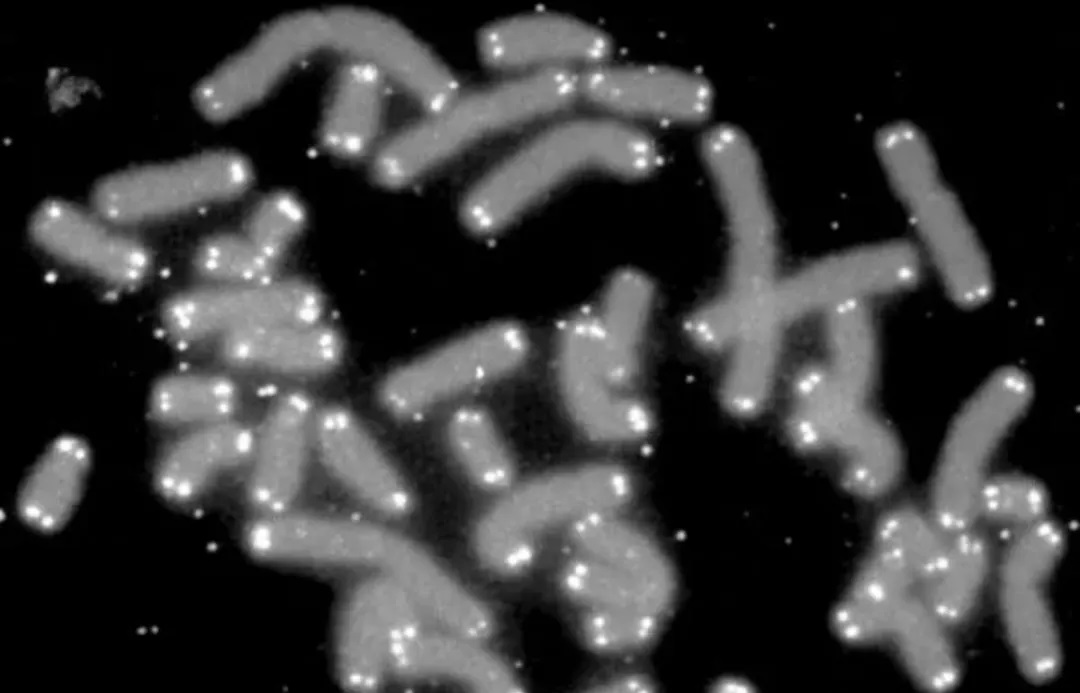```html
Contribution: Hyperbaric Oxygen Therapy Center
Reviewed by: Liu Liping
Proofread by: Mi Yajing
(Reprinted from Jinzhong First Hospital's Publicity Department, for science popularization only)
Hyperbaric oxygen therapy can reverse two key indicators of human aging.
On November 20th, according to the "Daily Mail," Israeli scientists achieved a groundbreaking study. This is a biological study that can alter the state of aging. In this unique study, scientists used hyperbaric oxygen therapy to reverse two key indicators of biological aging: "telomere shortening" and "senescent cell accumulation".

According to a study led by Israeli scientist Shai Efrati, hyperbaric oxygen therapy can reverse two key indicators of human aging:
#01 Telomere length increases by 20%—38%;
#02 Cellular aging decreases by 11%—37%, with significant anti-aging effects.
What is a telomere?
Who is Shai Efrati?

Telomere: It is located at both ends of DNA. As age progresses, it does not lengthen, which can lead to diseases such as cancer, Alzheimer's disease, and Parkinson's disease. On one hand, senescent cells or so-called zombie cells also accumulate in the body, preventing cell regeneration. Eventually, when it becomes too short and can no longer divide, life ends.
Shai Efrati: Public information shows that he was born in 1971 and is an associate professor at the Sackler School of Medicine, Tel Aviv University, and the Sacol Neuroscience Academy. He also serves as the director of the Hyperbaric Oxygen Therapy and Research Center at Israel's Yitzhak Shamir Medical Center. Efrati is highly proficient in hyperbaric oxygen therapy (HBOT). He has promoted neuroplasticity and cognitive rehabilitation and successfully demonstrated that HBOT can improve cognitive function in traumatic brain injury.
The specific process of the study, published in the authoritative journal "Aging," involved 30 healthy adults over 65 years receiving hyperbaric oxygen therapy for three months, five days a week, with the oxygen being inhaled through a mask inside the hyperbaric oxygen chamber.
Results showed that the experiment extended telomere growth by 37%, while the concentration of senescent cells decreased by 38%. Scientists indicate that this equates to the cellular level of their bodies 25 years ago.

This mission aims to inspire NASA, hoping one day the twin astronauts in space can return younger, while the twin remaining on Earth waits for their normal life. Shai Efrati believes, "This is the first time in human discovery that hyperbaric oxygen not only forces aging but reverses aging."
Efrati says, "Telomere shortening is considered biological aging, and the medical field hopes to extend human telomeres. Many drugs and environmental interventions have been extensively discussed."
He adds, "After this unique experiment, a significant change in telomere length was achieved. We can understand it as the aging process being reversible at the cellular biological level. This also provides a new foundation for the scientific community."
Other scientists state that this study is the latest in a series aiming to understand the anti-aging process and extend life expectancy while making people feel younger. The presumption of the experiment is that aging can be treated like a disease.
As Efrati stated, the research on anti-aging in the bioscience field has been ongoing. Reports indicate that in 2015, Elizabeth Parrish, CEO of an American biotechnology company, underwent two gene therapy experiments in Colombia. She claims that this therapy permanently altered her DNA, combating muscle loss and growing telomeres.
However, gene therapy has always been controversial. At the time, Parrish was criticized for receiving such treatment. She claimed, "Gene therapy reversed my biological age by 20 years." After the publication of the Israeli hyperbaric oxygen therapy study, Parrish once again stated, "Death is a choice."
Other common anti-aging studies indicate that interventions such as healthy diets and exercise also have some inhibitory effects on telomere shortening.
One of the researchers in hyperbaric oxygen therapy, Dr. Amir Hadanny, said, "Notably, in our study, a significant extension of telomeres was achieved after just three months of treatment, surpassing any currently available interventions."
So, does this mean that the reversal of human aging is indeed just around the corner?
Of course, her results are not very prominent. Instead, numerous scholars engaged in hyperbaric oxygen medicine have personally experienced the anti-aging effects of hyperbaric oxygen therapy domestically. This research finding was quickly published in the "Journal of the American Medical Association," which pointed out the growing prominence of hyperbaric oxygen therapy in anti-aging. It also mentioned that the popularization of hyperbaric oxygen therapy has often gone unnoticed by many in the medical and academic communities. Nonetheless, Shai Efrati's research results will still play a role in the development of hyperbaric oxygen medicine.
In 2019, the Nobel Prize in Physiology or Medicine, the first prize of the year, was awarded to three scientists for their discovery of "how cells sense and adapt to oxygen availability," commonly explaining why oxygen is so precious to humans and most animals.
```